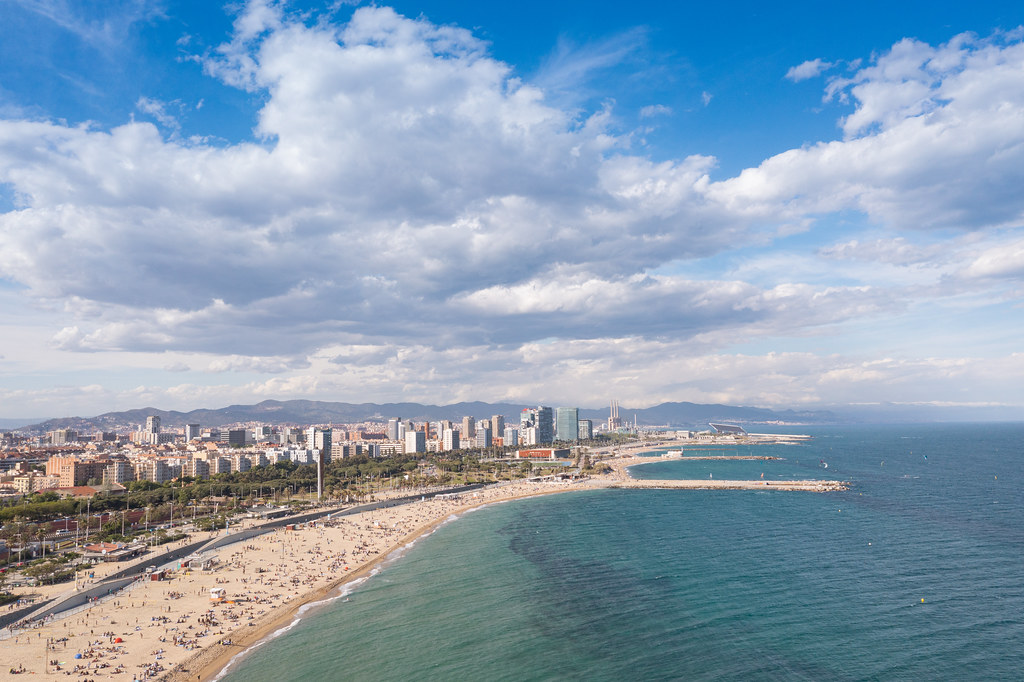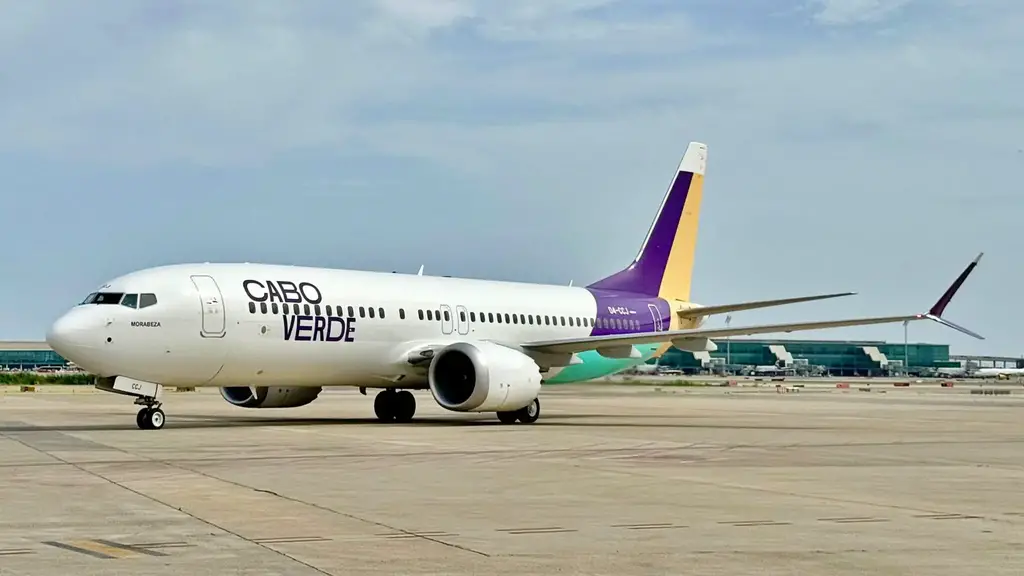Barcelona El Prat Airport is finally set to expand after years of political disputes and environmental concerns, as the Catalan government has officially approved a scaled-back version of the controversial project. This long-awaited decision ends four years of gridlock and opens the door to reshaping Barcelona’s role in global air travel.
The plan’s centerpiece is a reduced extension of the third runway, which has been at the center of the debate since 2021. While airport operator Aena initially proposed a larger-scale runway expansion, strong opposition from environmental groups led to a compromise: the runway will be lengthened, but to a lesser extent than originally planned. In return, environmental compensation measures have been added to protect La Ricarda, a nearby wetland area designated for conservation.
This development comes after years of political polarization. Business leaders and tourism advocates pushed for more long-haul flight capacity, while environmentalists and residents raised concerns about noise pollution, ecological damage, and the impact on neighborhoods like Gavà Mar and Castelldefels. Disagreements within the ruling coalition blocked earlier attempts to approve the project in 2021. A new regional government, led by Salvador Illa, took a more strategic approach and successfully revived the proposal with a broader vision for Catalonia’s airport network.
The updated plan includes more than just a longer runway. A satellite terminal will be built, and airport governance will be restructured to increase regional oversight. The total estimated investment stands at €1.7 billion, although that figure could rise depending on environmental compensation and infrastructure adjustments.
Funding will come primarily from Aena, which raises capital through airline fees and is publicly traded. However, before construction begins, the plan must be incorporated into Spain’s national airport strategy, known as DORA III. This document, expected to be approved in 2026, outlines the future development of all Spanish airports. Actual construction at El Prat is unlikely to start before then, and the full expansion may not be completed until around 2034.
As part of the political compromise, the government also committed to distributing more flights to secondary airports in Girona and Reus. This regional rebalancing is aimed at easing congestion at El Prat and responding to residents’ complaints about overflights and noise in southern suburbs.
Although environmental organizations remain skeptical about enforcement and monitoring, the government has pledged oversight, while Aena has committed to funding biodiversity restoration efforts at La Ricarda.
Supporters of the plan argue that a modernized El Prat is essential for Barcelona to remain competitive as a hub for transatlantic and Asian routes. With the expansion finally approved, the focus now shifts to implementation—and whether the promised balance between growth and sustainability can truly be achieved.






